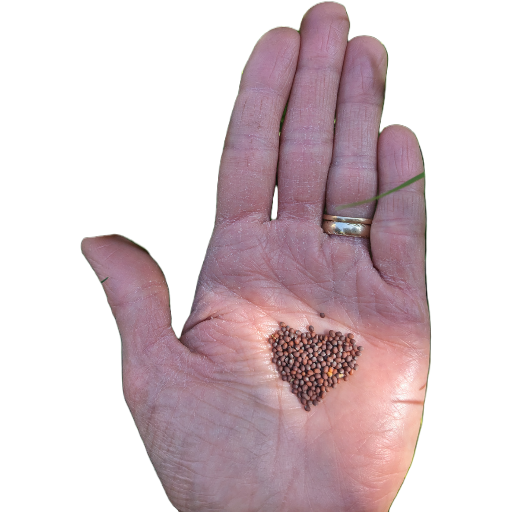To Stretch or Strengthen with Scoliosis?
Your spine may feel stiff. That doesn't necessarily mean that you need to stretch it more. It may make your back spasm or add too much flexibility where you need stability. Stay curious as the healing path may be as different for each of us as scoliosis is in each of our spines.
The alignment of the spine is supported by the strength of postural muscles evenly on both sides of the spine. Scoliosis is uneven. You can test out the strength of your low back by lying on one side at a time and pulling the low side waist up from the floor. If you have a lumbar (low back) sideways curve due to scoliosis, you most likely will find that the convex side is harder to pull up. You will feel the difference right and left. The convex side of your spine is being pushed out by the gripping of the concave side of the low back curve, so it needs to be strengthened to pull to the midline for alignment.
One of the deep postural muscles is the quadratus lumborum QL. This muscle attaches to the lumbar vertebra on one side of the body and the top of the same side hip (iliac crest). The muscle fibers on one side get shorter with contraction and on the other side of the back the fibers get longer or "caught long" and appear to be over stretched. Holding the side plank, vasisthasana or a variation like discussed above to fatigue against gravity, with the convex side positioned toward the ground pulling upward will build strength in the QL on the convex side. This has been studied and found to strengthen the low back asymmetrically to bring the pull more equal on both sides of the spine by Dr. Loren Fishman.
Does this mean that it is best not to stretch your back if you have scoliosis? Elise Miller teaches to elongate the spine with gravity. It is my experience that I need to elongate the spine in a way that works against gravity to create both length and strength to hold myself up. Flat back, ardha uttanasana or half forward bend is a good posture for this because you are holding your spine up parallel to the ground. You need to contract both sides to bring yourself up to standing from this position without rounding the back. Maybe try out these concepts with your spine, if you feel it would be helpful, knowing that you are responsible for your own body.
Isn't it great to have the right to take that responsibility!
